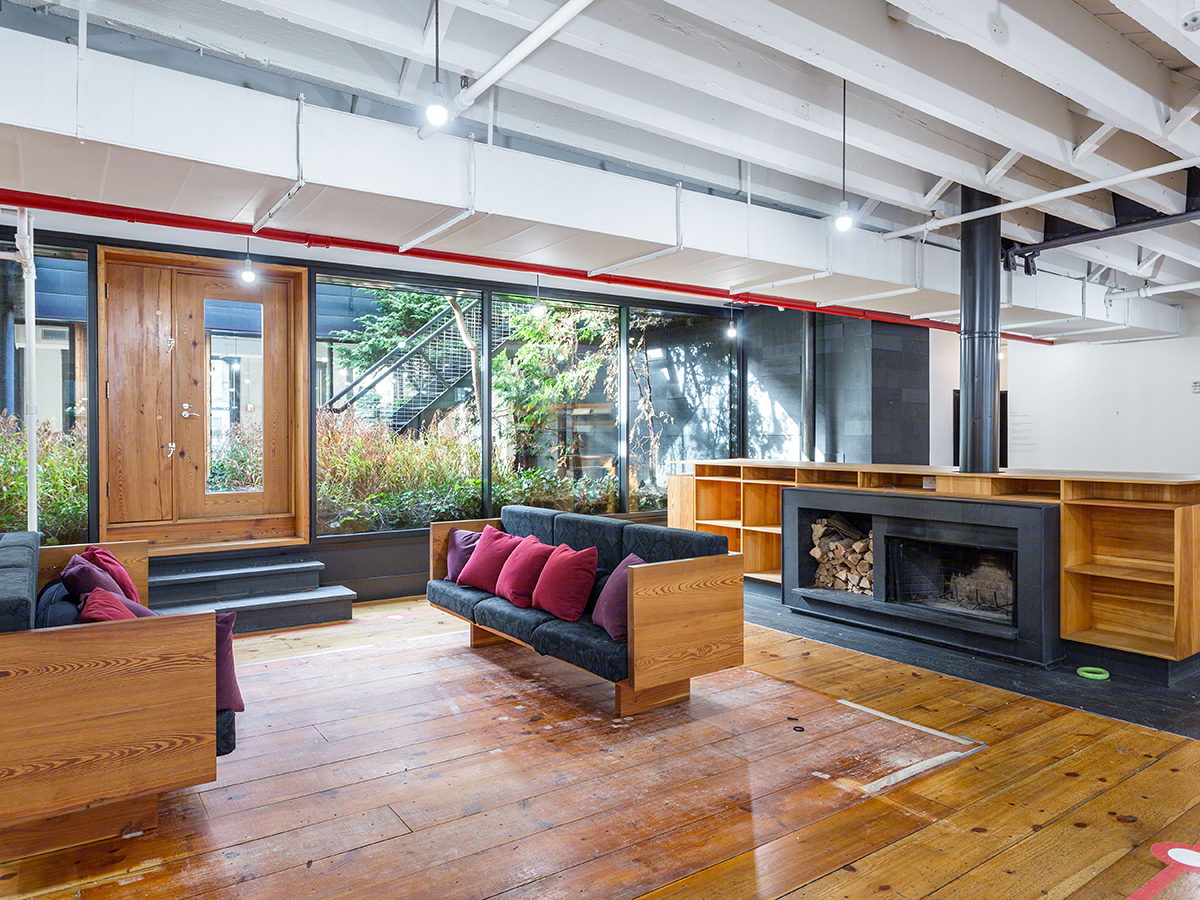Branding Benefits: Walgreen’s Sustainability Efforts vs. the Competition
In a cut-throat, thin-margin consumer marketplace, Walgreen Co.’s portfolio sustainability endeavors help differentiate the brand from the competition.
By Brad Berton, Contributing Writer
In a cut-throat, thin-margin consumer marketplace, Walgreen Co.’s portfolio sustainability endeavors help differentiate the brand from the competition, per the corporate slogan: “At the corner of Happy & Healthy.” Noted director of sustainability Jamie Meyers: “The sustainability programs are also aimed at showing our customers how we are focusing on health and wellness in everything we do — not just in our products and services.”
Predictably, Walgreen’s pair of primary national competitors are also actively publicizing their extensive store greening endeavors. For instance, CVS Caremark has been pursuing its Planet In Balance initiative, having committed in 2010 to reduce its portfolio’s carbon intensity by 15 percent (on a per-square-foot basis) by 2018. The company had already reduced the intensity rate below the 2010 baseline by about 9 percent through last year.
Meanwhile, Rite Aid Corp. has pursued myriad sustainability initiatives over the past half-decade, such as reducing its portfolio’s annual electricity consumption by some 63 million kilowatt-hours via lighting upgrades alone. Automated energy-management control and monitoring systems cut usage by another 19 million kilowatt-hours each year, Rite Aid reports.
This sidebar accompanies the case study “Greening Walgreens” that appeared in the July 2014 issue of Commercial Property Executive.






